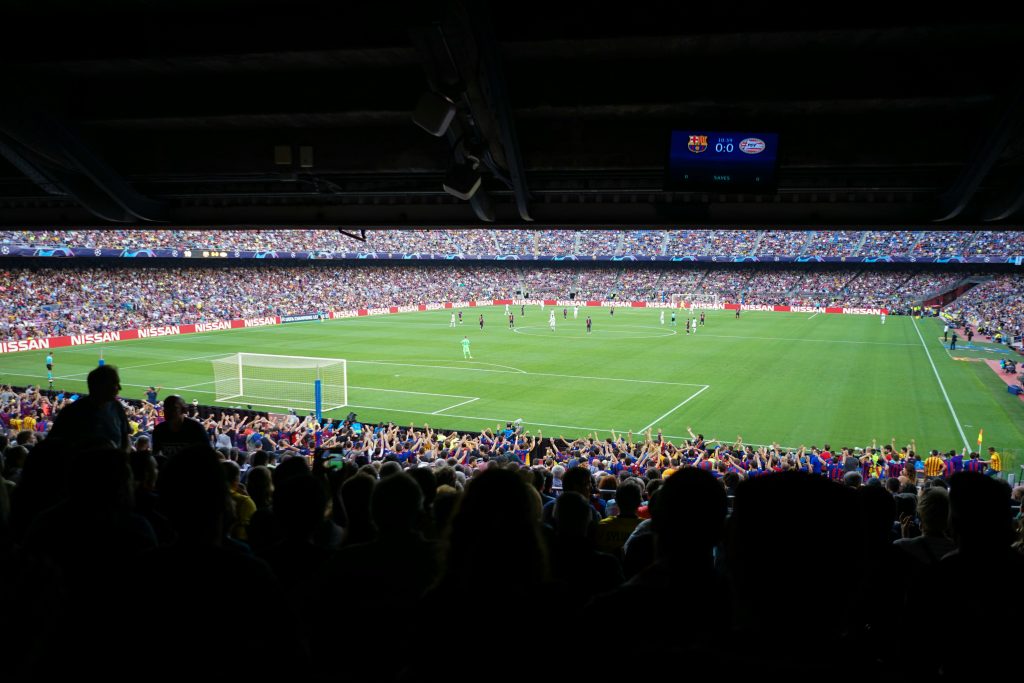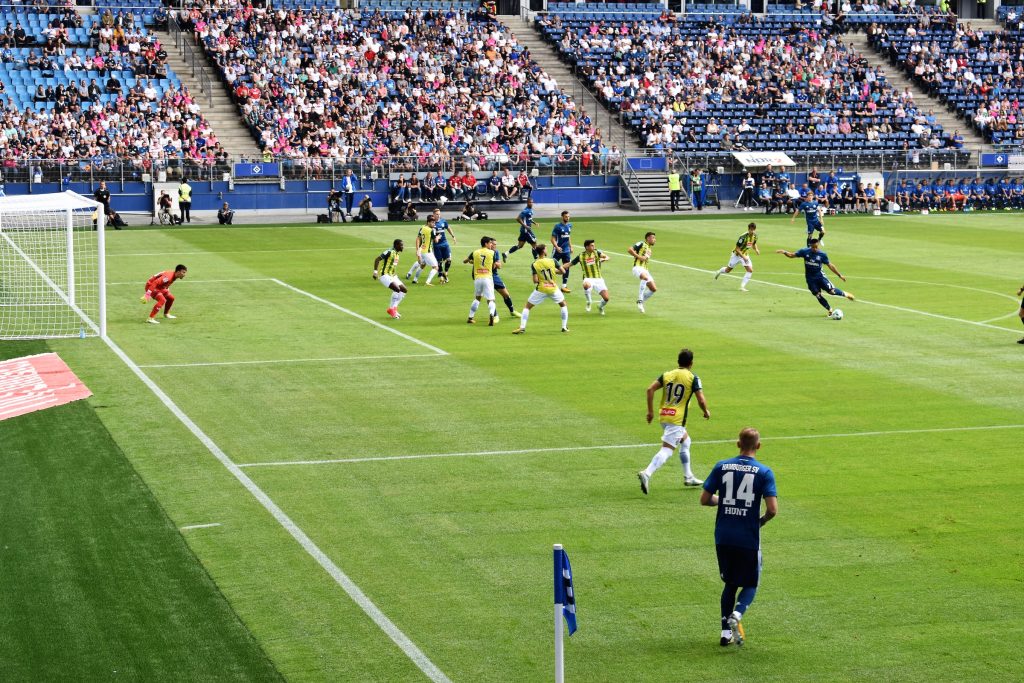Lionel Messi, one of the greatest footballers of all time, has captivated audiences with his extraordinary skills, vision, and goal-scoring prowess. However, categorizing Messi strictly as a striker or a midfielder is challenging due to his versatile playing style and adaptability. Over the years, Messi has excelled in various roles, blurring the lines between traditional positions. This article explores whether Messi should be classified as a striker or a midfielder.

Messi’s Role as a Striker
In many phases of his career, especially under Pep Guardiola at FC Barcelona, Messi has been deployed as a central forward, or a “False 9”. In this role, he has showcased his incredible goal-scoring ability, securing numerous records and accolades. As a striker, Messi’s attributes include:
– Goal Scoring: Messi’s goal-scoring record is phenomenal. He has won multiple Golden Boots and has consistently been among the top scorers in La Liga, the UEFA Champions League, and international competitions.
– Finishing: His clinical finishing, both inside and outside the box, makes him a constant threat. Messi’s ability to score with both feet, and occasionally with his head, adds to his prowess as a striker.
– Positioning: His intelligence in finding and creating space, along with his anticipation of defensive movements, allows him to exploit defensive weaknesses effectively.
– Dribbling: As a forward, Messi’s dribbling skills enable him to navigate through tight defenses, creating scoring opportunities for himself and his teammates.
Messi’s Role as a Midfielder
Despite his success as a striker, Messi’s qualities often see him dropping deeper into midfield roles, acting as a playmaker. His influence extends beyond just scoring goals:
– Vision and Passing: Messi’s vision and ability to deliver precise passes, including through balls and long-range passes, make him an exceptional playmaker. His assists record is a testament to his creativity and unselfish play.
– Control and Distribution: His ability to control the game tempo and dictate play from deeper positions showcases his midfield capabilities. Messi often orchestrates attacks by linking defense and offense seamlessly.
– Versatility: Throughout his career, Messi has played as an attacking midfielder (CAM), right winger (RW), and even in deeper central midfield roles. His adaptability allows him to influence the game from various positions on the pitch.
– Dropping Deep: Frequently, Messi drops into midfield to collect the ball, drawing defenders out of position and creating space for other attackers. This movement is characteristic of his time as a False 9 and later roles.
The Hybrid Role
The debate over whether Messi is a striker or a midfielder is further complicated by his unique playing style, which merges the responsibilities of both positions. Modern football often requires players to be multifaceted, and Messi epitomizes this evolution:
– False 9: As a False 9, Messi blends the roles of a striker and a midfielder. He drops deep to participate in build-up play, then surges forward to finish attacks, effectively performing dual roles.
– Free Role: Managers often give Messi a “free role” on the pitch, allowing him to roam and exploit spaces wherever he finds them. This freedom maximizes his impact and makes it difficult to pigeonhole him into a single position.
Lionel Messi transcends traditional football positions. His extraordinary skill set allows him to perform exceptionally as both a striker and a midfielder. While his goal-scoring feats and positioning highlight his abilities as a forward, his vision, passing, and control underscore his midfield capabilities. Ultimately, Messi’s genius lies in his versatility, making him a hybrid player who defies conventional positional labels. This unique quality has not only defined his career but has also reshaped the understanding of player roles in modern football.













